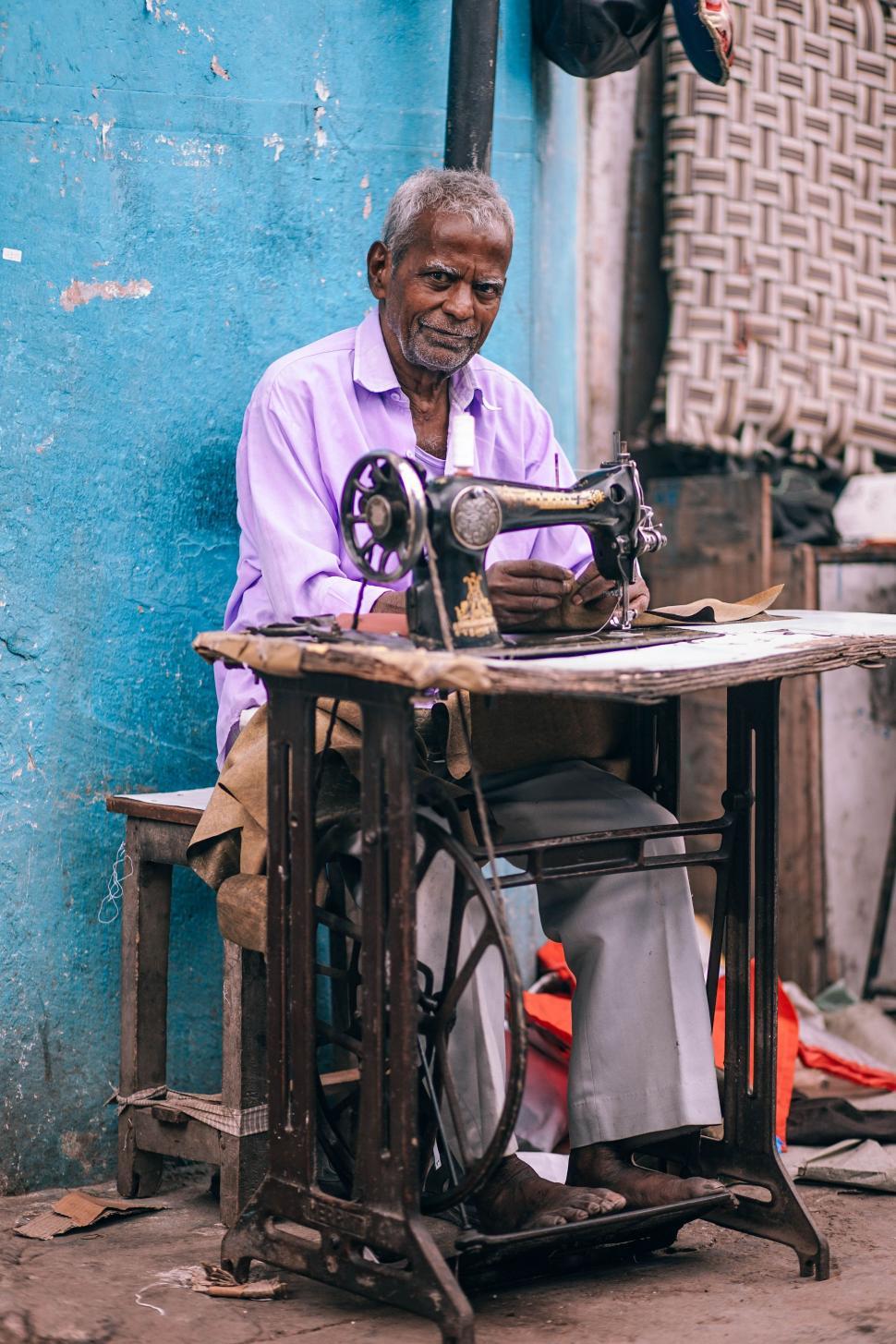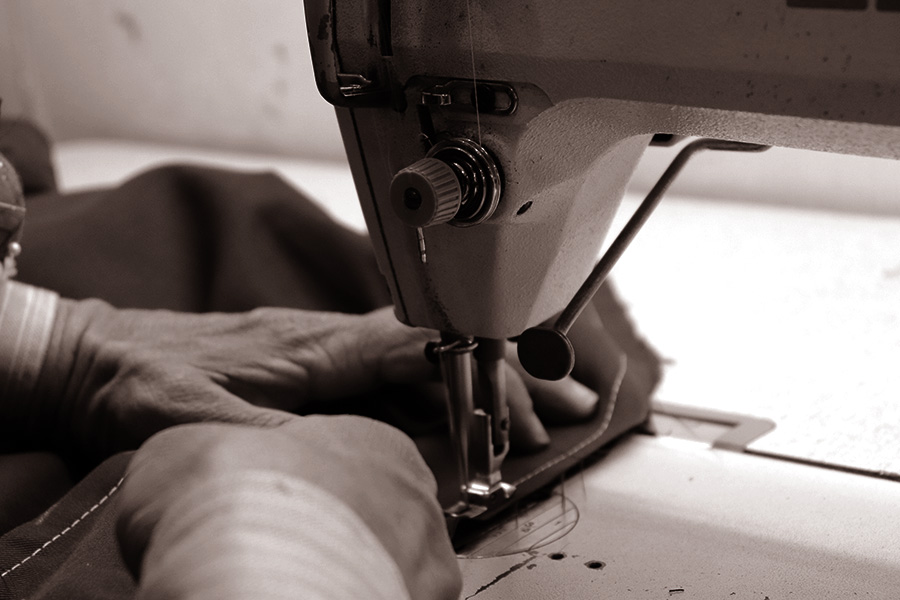Tailor Perth Insights: Discover the Art of Fine Tailoring in Perth
Tailor Perth Insights: Discover the Art of Fine Tailoring in Perth
Blog Article
Comprehending the Tailoring Refine: From Fabric Choice to Last Fitting for the Suitable Wardrobe
The tailoring process is a complex interaction of art and scientific research, starting with the essential decision of fabric option and finishing in the specific changes of last fittings. Each fabric type brings unique qualities that influence not just the visual appeal however likewise the garment's durability and viability for numerous celebrations. Understanding the nuances of tailoring methods can raise one's wardrobe to unprecedented levels of elegance. As we check out these elements better, one have to consider how even the smallest details can substantially influence the general end result of one's individual design.
Importance of Material Option
Choosing the ideal fabric is vital in the tailoring process, as it straight influences the convenience, sturdiness, and total aesthetic of the final garment (tailor perth). The choice of textile sets the foundation for the garment's capability, design, and performance. Various fabrics possess special buildings, such as breathability, weight, and stretch, which can significantly influence how the garment drapes and fits the body
In addition, fabric option affects the garment's longevity and ease of treatment. Top quality materials can endure deterioration, keeping their look and framework in time, while lower-quality materials may lead to pilling or fading. In addition, the best textile contributes to the garment's capacity to change across periods and celebrations, thus enhancing versatility.
A tailored piece made from an appropriate textile not just showcases craftsmanship but likewise elevates the user's self-confidence. As a result, comprehending the nuances of fabric option is extremely important for any kind of customizing endeavor. It makes sure that the final product not only satisfies the visual needs of the client however likewise lines up with useful demands, thereby achieving a harmonious equilibrium in between form and function in the tailored wardrobe.
Sorts Of Fabrics and Their Uses
Comprehending the different kinds of textiles readily available is vital for making notified choices during the tailoring procedure. Each material possesses unique qualities that dictate its viability for certain garments and events.
Its flexibility permits it to be tailored into whatever from shirts to gowns. Its all-natural flexibility aids garments preserve shape over time.
Silk exhibits high-end and is light-weight, making it excellent for eveningwear and fragile blouses; however, it needs cautious handling as a result of its fragility. Linen, with its textured surface, is a prominent option for cozy environments, giving a airy and crisp feel, but it wrinkles quickly, which may impact the garment's appearance.
Synthetic materials, such as polyester and nylon, deal resilience and resistance to wrinkles, making them suitable for daily wear and active garments. Recognizing these textile kinds and their buildings permits for much better decision-making, making sure that each customized item not just fits well however likewise aligns with the designated purpose and event.
The Tailoring Methods Discussed
The art of tailoring counts on a range of methods that transform material into well-fitted garments. Central to this process is pattern drafting, where a dressmaker develops themes based on the customer's dimensions and preferred style. This first action makes certain that the garment will certainly fit the wearer correctly before any kind read the article of cutting occurs.
As soon as patterns are developed, cutting techniques enter into play. Accuracy is critical as inaccuracies can bring about misfitting garments. Tailors usually use different cutting methods, such as single-layer reducing for detailed styles and multiple-layer cutting for effectiveness on common patterns.
Basting is one more essential strategy, allowing tailors to momentarily stitch material items with each other for a preliminary fitting. This approach provides the chance to examine the drape and overall shape before last sewing.
Seaming methods, consisting of french seams and flat-felled joints, enhance the garment's resilience and visual appeal. Tailors additionally employ strategies such as interfacing and cushioning to provide framework and form to certain areas, like shoulders and collars.
Finally, finishing methods, consisting of hemming and edge ending up, make certain the garment's longevity while providing a refined look. With each other, these methods form the backbone of effective customizing, resulting in charming, custom-fit garments.
Fitting Adjustments and Considerations

Trick factors to consider consist of the shoulder fit, which must neither sag neither limit motion, and the sleeve length, which ought to allow for comfy arm activity while preserving a polished look. In addition, modifications at the waist can refine the shape, with choices to let out or absorb material as needed.
The surge of trousers is another crucial variable; it must sit comfortably over the hips without triggering pain, enabling simplicity of movement. Hemming sizes for both trousers and skirts ought to reflect the user's favored style while valuing percentages.

Keeping Your Tailored Garments
Always adhere to the care tag guidelines, which might advise completely dry cleaning for delicate fabrics or machine cleaning for even more long lasting materials. Avoid frequent laundering, as this can put on down the textile and change the garment's form.
Storage is equally essential; use cushioned wall mounts for coats and coats to maintain shoulder structure, and store trousers folded up nicely or hung to avoid creasing. Protect garments from direct sunshine, which can discolor colors and damage fibers.
Additionally, routine inspections for small repair work can avoid bigger concerns. Look for loosened i was reading this buttons, tearing seams, or indications of moth damage, resolving these issues quickly to preserve the garment's integrity.
Lastly, consider seasonal rotation. Using tailored items in moderation allows fabrics to recover, expanding their life expectancy. By applying these maintenance approaches, you can ensure that your tailored garments continue to be as pristine as the day you first wore them, enhancing your perfect wardrobe for several years ahead.
Final Thought
The tailoring procedure, incorporating fabric choice, experienced strategies, and accurate suitable modifications, plays a crucial duty in developing garments that enhance both comfort and design. Comprehending the significance of upkeep expands the life of tailored garments, strengthening their value in a well-curated wardrobe.
Picking the ideal textile is important in the customizing process, as it directly affects the comfort, durability, and overall visual of the last garment. The choice of fabric establishes the structure for the garment's performance, performance, and style. Various materials possess special properties, such as stretch, breathability, and weight, which can considerably impact just how the garment drapes and fits the body.
The art of customizing relies on a range of techniques that transform material right into well-fitted garments.The customizing procedure, encompassing fabric choice, knowledgeable methods, and specific suitable modifications, plays a critical duty in developing garments that enhance both comfort and design.
Report this page